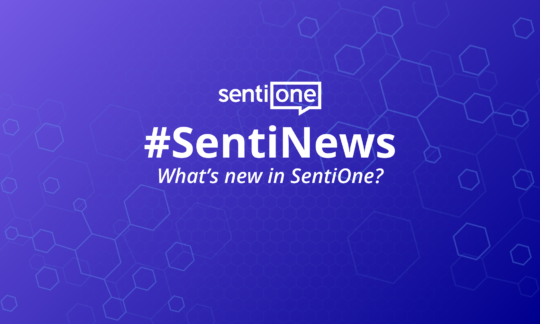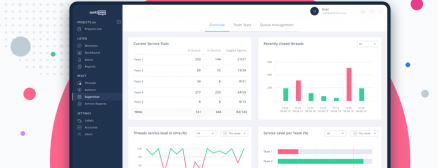Customer service is the new marketing
If forty is the new thirty, Orange is the new Black, and Instagram replaced regular photo albums… then client service definitely deserves to be called new marketing.
Basically, one may say that marketing and client service are totally different things. First one is basically focused on gaining and using customer’s attention, while the other one aims for minimising their struggle. There’s one certain thing about it – client is the core word for both of them!
You can’t find a detailed definition of customer service, as the concept evolves pretty significantly. Shop counters, letters, telephones, emails… It wasn’t so long ago when customer service was all about sending messages, both via regular post and emails. Complaints were delivered by postmen, and with time companies incorporated more technically advanced options, such as helplines. At the beginning of XXI century, communication underwent considerable change and shifted towards online solutions, such as emails. Customer service departments (still often considered by some companies as an excess) had between 7 and 14 days to take a stance and reply to clients’ complaints.
What links all the forms of customer service engagement from a few years back? One to one communication, a private message addressed to one person directly.
Social media revolution
Since social media came into our lives, there has been a crucial change in the way that brands talk and cooperate with their clients. It happened on both, services and marketing sides. It’s strongly connected with the fact that online communication gets as easy as it can be and the way the clients talk about their brand-related experiences online, using social media channels. Social media platforms have their own laws, and sometimes it means that solving issues in a less formal way is a right thing to do. What is more, the internet made the amount of discussions raise with the speed of light. It causes many new issues and puts challenges ahead of customer service teams.
Business pages on Facebook, Twitter or Instagram – which were considered a cheap form of promotion – should above all fulfill social role, that is being engaging. Times of mere sharing pictures of cats, gathering uncommitted fans and worthless likes are way behind us. What is more, nowadays directing irritated clients from social media to email or contact helpline is unacceptable! Downplaying a customer who is inquiring about company’s services or reporting problem is treated as a lack of engagement from brand’s side. Unfortunately, we can still witness situations when people responsible for communication rather than seeing the big picture and focus on the most basic function of their work (that is replying to questions), give responses such as “I’m only in charge of this profile… I’m from the agency… I can’t really help you…”. This is not what the internauts expect when reaching out to a brand.
Listen to the opinions
It’s a sad thing, but definitely worth mentioning – statistically clients way more often express their opinions in regard to bad experiences with brands, rather than the good ones. It only takes asking yourself a few honest questions to understand it – how many of us really praise phone operator after a whole summer vacation with no signal disruptions? How many of us post positive opinions about bank services without being asked? Who would selflessly write a nice comment about travel agency or recommend indefectible phone model? And why is that? It may sound cruel but negative experiences and therefore negative emotions drive us much more!
For the last five years, I’ve been analysing online mentions all over the web. Online monitoring is a phenomenal tool – a true treasure trove, filled with interesting knowledge concerning the whole society. I’d like to reassure everyone, that there’s no nation that complains the most – apparently, it’s an overall tendency with no division by regions of the world. With a help of SentiOne, we’ve checked the sentiment of mentions that include very generally defined project “it doesn’t work” and who publishes such statements the most often. Turns out that one in four people publishes such statement filled with negative emotions. What is interesting, around ⅔ of users writing such a phrase in their mentions are men – so it undermines quite popular opinion that women complain more often on malfunctioning things!
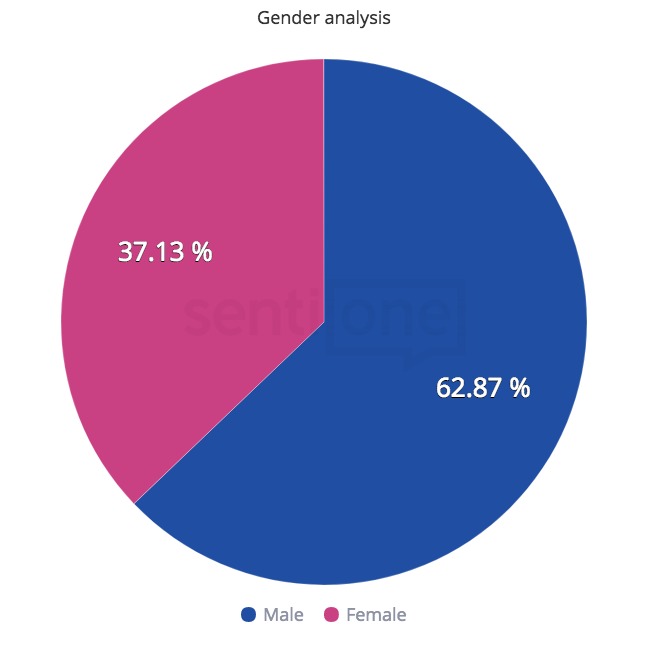
Meanwhile, words posted online should be thought over a hundred times before going on the web. 67% of clients claim that bad support is a reason to resign from a product or service. Probably every internaut knows at least a few examples of epic customer service mishandling that went viral (such as resentful page administrators giving advice like “if you don’t like it then don’t buy it”, “if it was working fine the moment you bought it it’s not our problem”, or even personally insulting customers!).
In such cases, it turns out that instead of addressing client’s problems and emotions privately, in a “closed envelope”, brands experience public discussions that very often include a third party. As I mentioned above, our emotions drive our actions. Unfortunately, this rule applies to both sides.
However, to neutralise these pessimistic tone, despite the multitude of examples concerning malfunctioning customer service, we also know many wonderful stories. It appears that instead of keeping complaints and problems private, it’s worth to prolong online discussions, engaging, enquiring! What is important is the fact, that nowadays clients wait for brands reaction no longer than 60 minutes, which is so different from 7 to 14 days!
Communication is quite a challenge. It’s worth to be prepared, have some accurate ideas, be consistent! It’s essential to train the team properly and prepare Q&A. Many companies are therefore shifting marketing budgets to invest in online client service.
Zappos and Walmart handle it perfectly (their employees answer questions that seem to be unanswerable!) and think totally outside the box! Zappos premise is to be helpful. Strategy seems simple, the brand asked themself a question – what the fans and observers should experience when following them? What do they get in return?
A client following discussions on Zappos page, can draw a few conclusions. First – that the brand cares, that it’s likable and genuine, reliable and trustworthy!
Such activities fulfill fundamental marketing rules – show the benefits of interacting with the brand, bring the emotion.
In times when people lost their faith in pompous and fanciful big-scale marketing campaigns, the society chooses these brands which seem to be true and natural. Spontaneous reactions of companies gather the biggest popularity on the web.
When what used to be WOW turns into a standard
One of the most brilliant stories from the customer service world is the one of Morton’s Steakhouse. A big fan of Morton’s steaks, Peter Shankman, tweeted the brand jokingly asking whether they could meet him at Newark airport with their steak. He landed and indeed, brand’s representative was there, waiting for him with a big bag of Morton’s Steakhouse goodies. Unbelievable? Yet it’s true!
Real TIME marketing is nothing but skillful customer service that happens at the right time, in the right place, and what is the most important, comes with the right message!
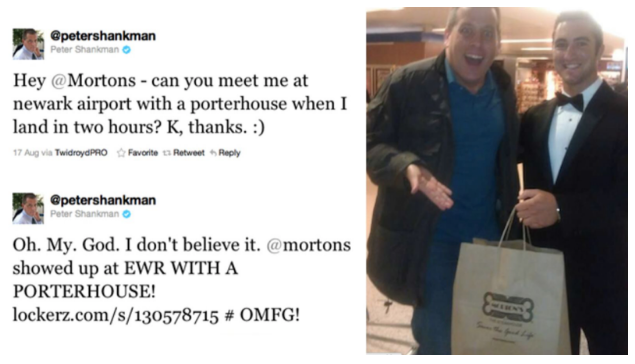
Sometimes time is everything. This assumption definitely applies to Apple employees, who immediately involve in online discussions with their customers and offer help very quickly!

Customers quite often dehumanise brands. Situations like those mentioned above help noticing, that there’s always a person standing behind brand’s image. Online customer service is nothing but responsive marketing.
We are a very impatient generation – a supermarket one. We expect immediate solutions, here and now. Thanks to online monitoring brands have a chance to estimate the reach of the discussion concerning our brand – for example how many people reported problems.
Emotions and disappointment that form “it doesn’t work” expression bring – as mentioned before – a negative message. We complain the most often on Facebook, Twitter and YouTube.
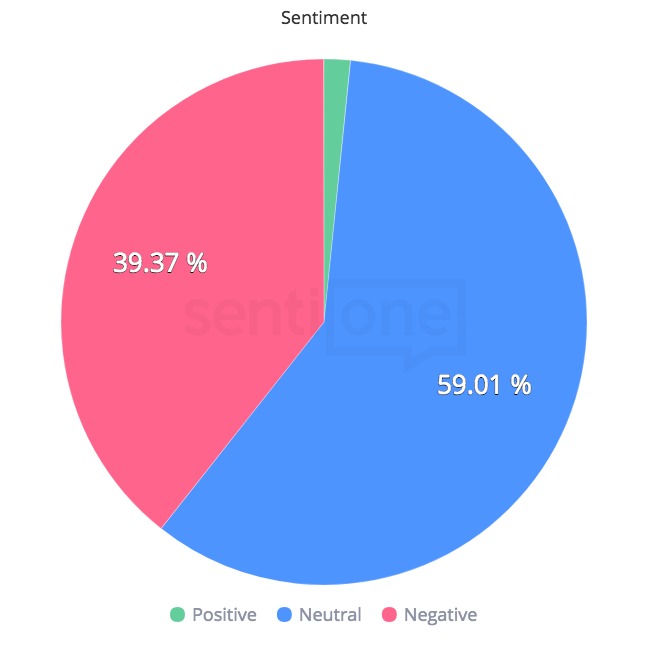
Next there are online forums, also filled with customer discussions! This is also a part of the internet where consumers complain or look for help. Staying in the topic of problems… I see a very basic one here. The dispersion of the discussion. While the first three domains are social media, the rest of the conversations take place on various forums, where it is definitely worth implementing customer service.
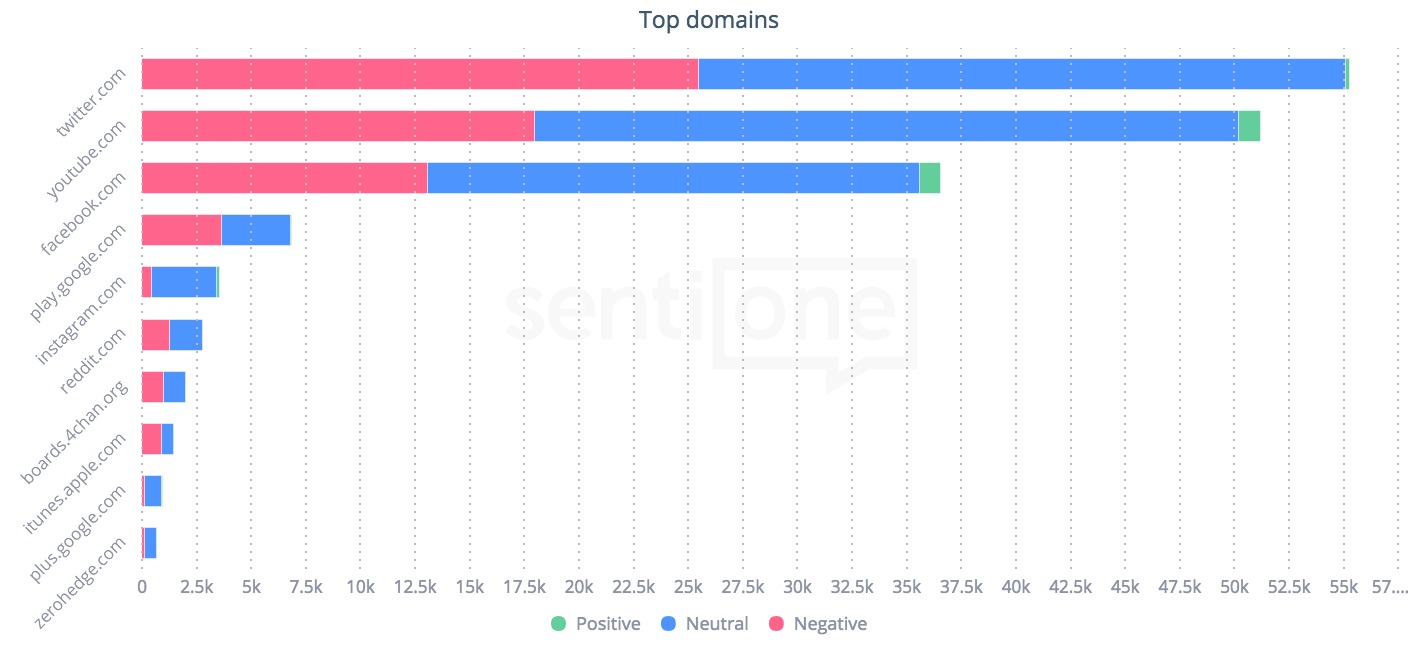
When internauts ask questions the most often? One of the assets of online monitoring is optimisation of customer service workload. While the subject “I have a problem” is a big generalization, it only takes adding a keyword in the project configuration – the name of your brand – to know on which days the customers are the most active.
PROBLEM DECLARATIONS
On what days we declare problems the most often?
Tuesday and Thursday!
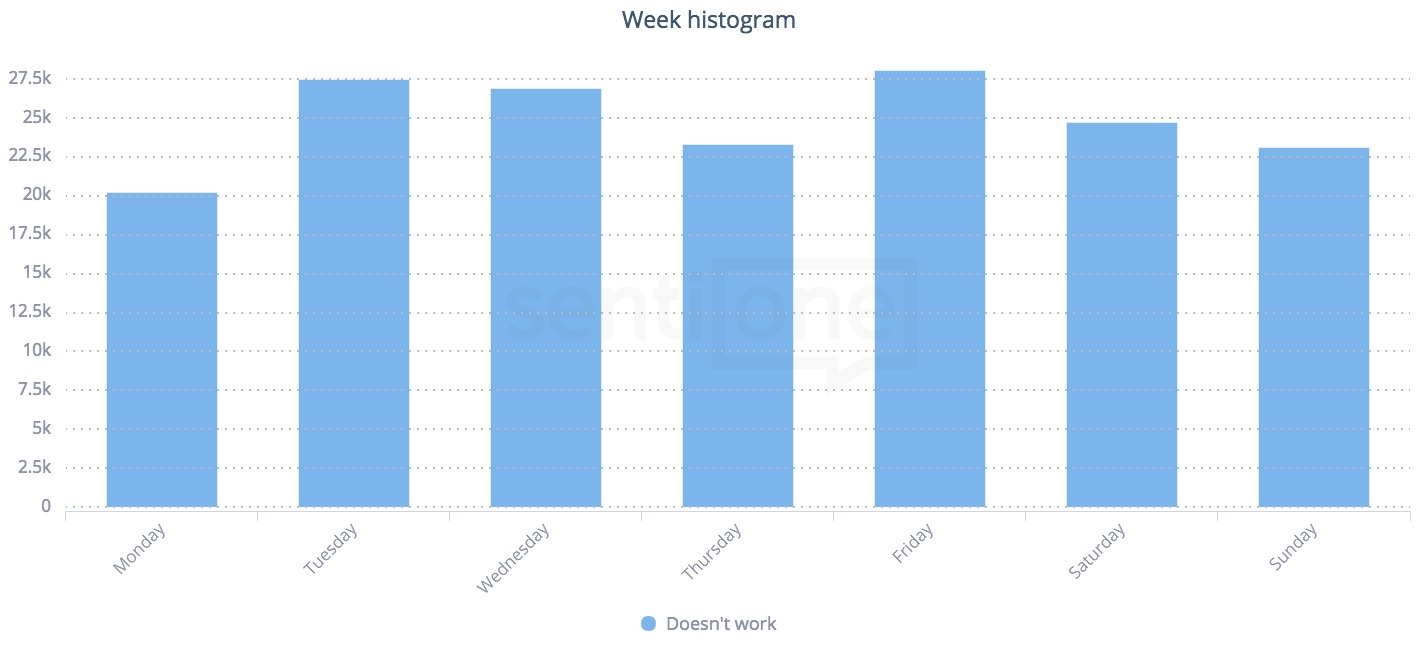
Data analysis coming from online monitoring helps to make it even more detailed.
What hours do we need help?
Apparently the later it gets, the more problems we’re eager to share!
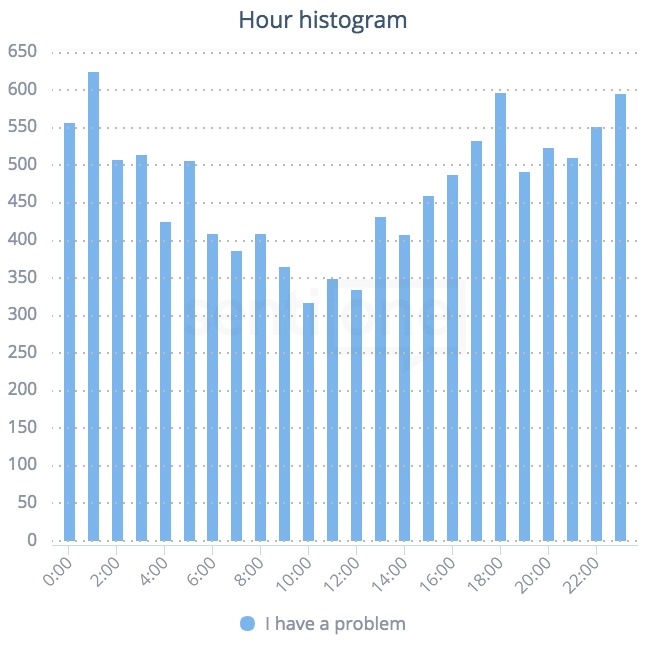
We know already where and when our clients complain. We know that it’s essential to be well prepared to communicate with them, because reacting is the key!
What counts is the speed of reaction, cordial, professional and pro-client attitude and consistency.
What’s characteristic for building brand engagement in online customer service is that on one hand it has to be personal, on the other – the discussion takes place on public channels. It means that the discussions that engage brands may be observed by dozens, hundreds, even thousands of people. What is more, the observers may turn into commentators, use the given advice, or simply form an opinion on the brand given the way it responds to customers engagement. It means that nowadays we have to take into consideration that our marketing and image efforts reach not only our targeted recipient. Conscious customer service is a key factor when it comes to market differentiation and attracting new customers. According to Pareto, 20% of clients generate 80% of income! Additionally, we’re ready to pay more for the products that are upholded by impeccable client service. We are loyal to such companies and we spend more on brands that provide us with positive emotions.
When we go beyond the passive listening and decide to automate the work of customer service, we gain time, and save money, and at the same time we acquire customers. The ability to moderate online discussions with one tool, integrate multiple social accounts in one place, and sharing one platform to several teams is most certainly an amazing convenience. Tracking the effectiveness of our actions – average response time, getting to know the history of conversations carried out so far, tagging or generating reports related to the service is one of many possibilities offered by SentiOne React.

